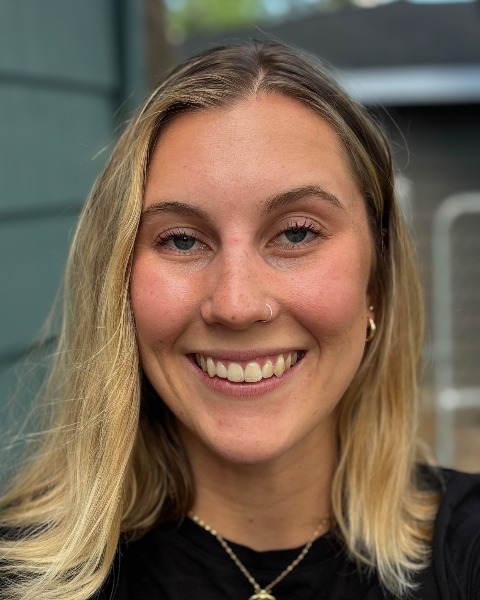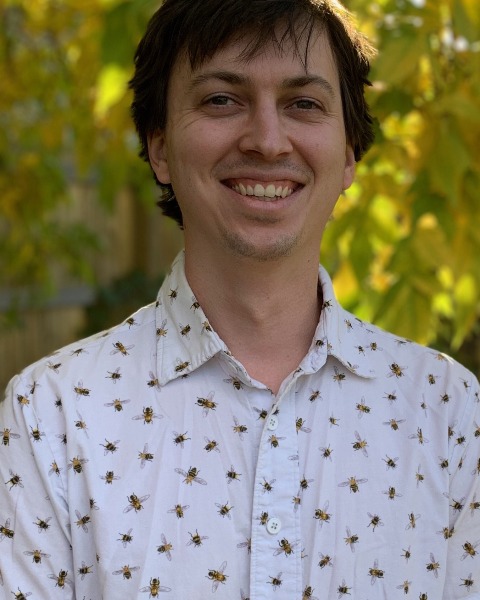Student 10-Minute Presentation
Plant-Insect Ecosystems
Student
Student Competition
Grad 10-min Competition: P-IE, Conservation
Parks, pollinators, and people: Does neighborhood affluence shape bee and butterfly diversity in Denver city parks?
Monday, November 11, 2024
9:00 AM - 9:12 AM MST
Location: Phoenix Convention Center, 130, PCC

Nicole Bailey
Graduate Student
Colorado State University
Fort Collins, Colorado
John Mola
Assistant Professor
Colorado State University
Fort Collins, Colorado
Presenting Author(s)
Co-Author(s)
Pollinating insect populations are threatened by habitat loss and competition from non-native honeybees in urban settings, but city parks could be a crucial refuge. A park’s pollinator community is not only affected by the park’s management, but the surrounding neighborhood’s landscape. Of the 250 parks in Denver, Colorado, some are surrounded by affluent homes with lawns and gardens, but many are surrounded by apartments with limited greenspace. Considering this pattern, we hypothesize that pollinators are impacted by a “luxury effect”, where greater biodiversity is found in more affluent areas. In this study, we investigated how pollinator communities differed across city parks depending on neighborhood income level, landscape factors, floral traits, and honeybee abundance. After visiting 25 city parks three times during the summer of 2023, we found that income did not have a strong impact on bee diversity, but negatively impacted butterflies. Notably, less affluent parks hosted a greater proportion of non-native and weedy flower species, and we found a negative relationship between the proportion of weedy flower species and bee species richness, suggesting that the disparity in bee diversity among parks could be driven by the origin and diversity of available floral resources. In addition to floral resources, honeybee abundance impacted bee richness and community composition, whereas landscape characteristics like impervious surface cover more directly impacted butterflies than bees. These findings emphasize that managers should prioritize native floral plantings across urban park landscapes, thus supporting pollinator diversity regardless of neighborhood income level.

.png)

